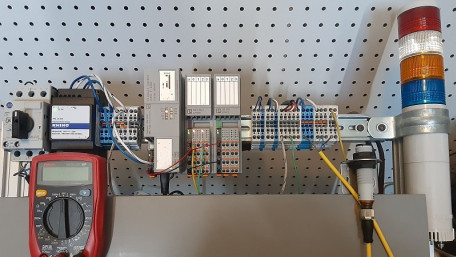
Learn how to get started with Phoenix Contact’s PLCnext and Engineer software, a platform that ultimately provides a PLC environment for plant control as well…
Learn how to get started with Phoenix Contact’s PLCnext and Engineer software, a platform that ultimately provides a PLC environment for plant control as well as an OS for more advanced IIoT projects.
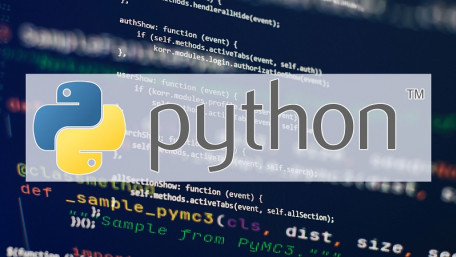
Both lists and dictionaries can retain structured data in Python. The dictionary is unique in that it stores individual…
Both lists and dictionaries can retain structured data in Python. The dictionary is unique in that it stores individual entries with human-readable logical names rather than index numbers.
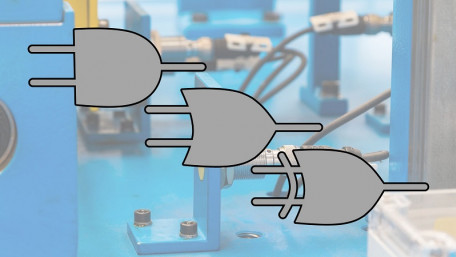
Sensor networks with built-in logic functions can save cost and program execution speed, but what are those various logic…
Sensor networks with built-in logic functions can save cost and program execution speed, but what are those various logic functions, and when might they be preferred over normal PLC ladder logic?
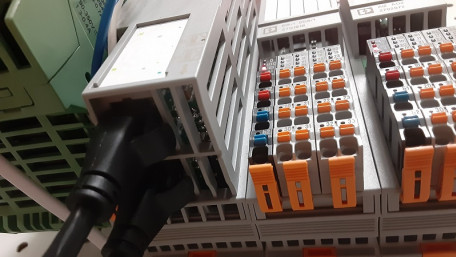
Every automated cell requires a ‘brain’ in order to achieve the required tasks. How do you determine the necessary…
Every automated cell requires a ‘brain’ in order to achieve the required tasks. How do you determine the necessary I/O, communication protocols, and processor necessary for controlling your system?

This article will focus on the basic building blocks of the Python programming language that are core to interacting with…
This article will focus on the basic building blocks of the Python programming language that are core to interacting with programs, including strings, integers, floats, and booleans.
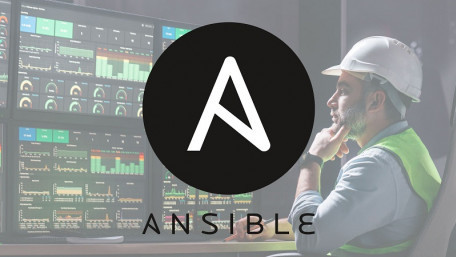
High-level IT/OT integration in a manufacturing environment involves skills in networking communication and field…
High-level IT/OT integration in a manufacturing environment involves skills in networking communication and field equipment. This example involves automating remote connections between computers.
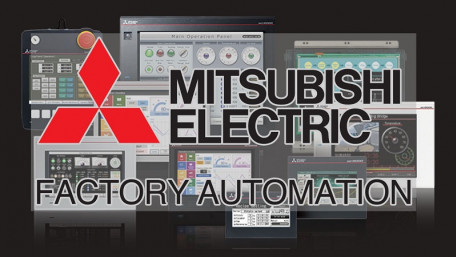
Learn how to use GT Designer 3 to create an interactive control system on Mitsubishi HMIs. With practical examples of…
Learn how to use GT Designer 3 to create an interactive control system on Mitsubishi HMIs. With practical examples of simple on/off bits, gain some understanding of HMI designing and programming.

An introduction to the popular Python language and how to take the first step in learning programming. In this article,…
An introduction to the popular Python language and how to take the first step in learning programming. In this article, learn how to obtain the proper IDE and executable for your OS.
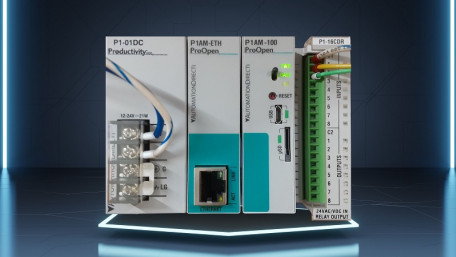
Having separately covered Arduino’s microcontroller platforms and AutomationDirect Productivity PLCs, it’s time to…
Having separately covered Arduino’s microcontroller platforms and AutomationDirect Productivity PLCs, it’s time to take the wheel of the ProOpen, a PLC that combines modularity with C++ programming.
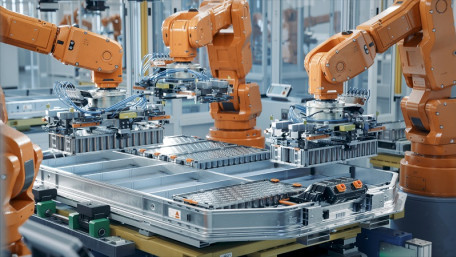
There are a lot of companies considering in-house automation or consulting with integrators for automated systems. But…
There are a lot of companies considering in-house automation or consulting with integrators for automated systems. But where do you start, and how do you even pick a project for automation?
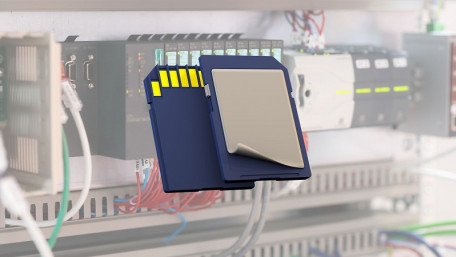
There are a few options when it comes to tracking part data throughout a process or assembly of a machine. Follow along…
There are a few options when it comes to tracking part data throughout a process or assembly of a machine. Follow along as we explain just a few of the more common methods.
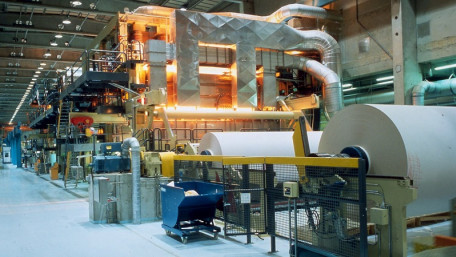
Innovative pulp and paper operators are turning advanced process control, automated testing, and quality control system…
Innovative pulp and paper operators are turning advanced process control, automated testing, and quality control system data into actionable business insights that improve operational efficiency all along the value chain.
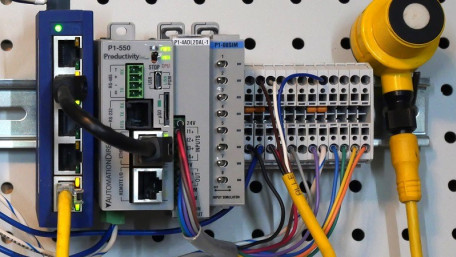
Learn how to use analog I/O devices with AutomationDirect’s Productivity series of PLCs and Productivity Suite…
Learn how to use analog I/O devices with AutomationDirect’s Productivity series of PLCs and Productivity Suite software. Wiring, configuring I/O, and programming will be a part of this tutorial.
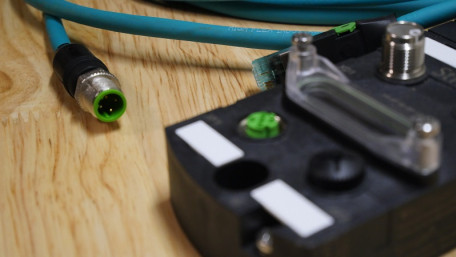
Ethernet switches can use four different types of connections: RJ45, fiber, M12, and SFP. Understanding the difference…
Ethernet switches can use four different types of connections: RJ45, fiber, M12, and SFP. Understanding the difference can help with network troubleshooting, design, or alteration.
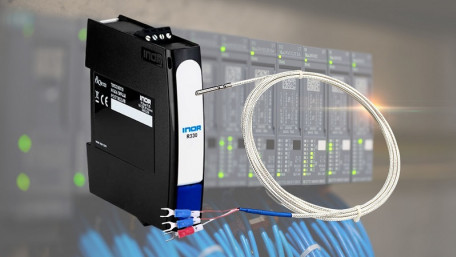
Learn how to measure temperature using an RTD and a temperature transmitter to convert resistance into common analog…
Learn how to measure temperature using an RTD and a temperature transmitter to convert resistance into common analog voltage or current values for process control.
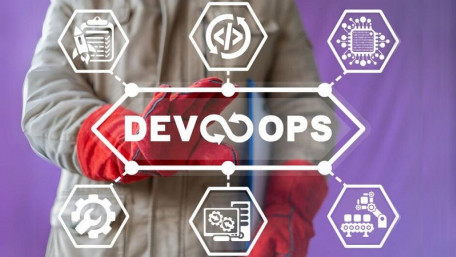
Shifting from manual code backup processes to more modern, automated solutions can provide more benefits to…
Shifting from manual code backup processes to more modern, automated solutions can provide more benefits to manufacturers, far above simply the time saved compared to manual techniques.
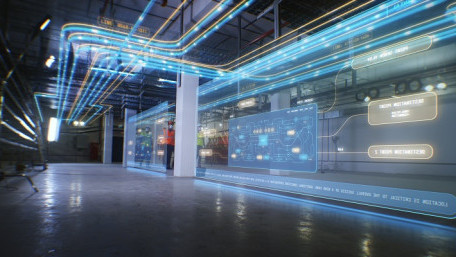
Automated control systems incorporate virtualization technology to reduce physical hardware, automatically minimizing the…
Automated control systems incorporate virtualization technology to reduce physical hardware, automatically minimizing the cost of IT/OT equipment, installations, and maintenance efforts.
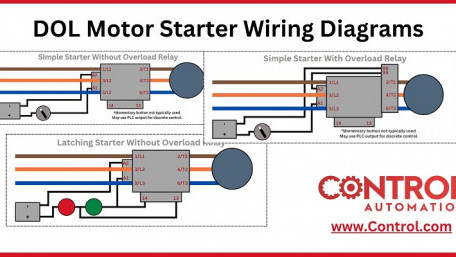
Complete wiring guide for 3-phase motor starters with and without overload (OL) relays.
Complete wiring guide for 3-phase motor starters with and without overload (OL) relays.
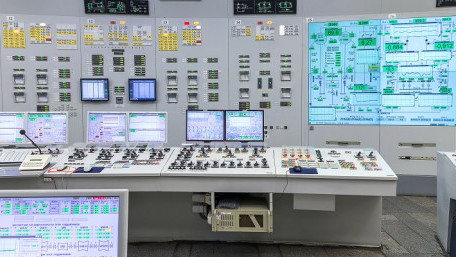
Effectively managing data includes processing it after initial collection: performing calculations, reviewing for…
Effectively managing data includes processing it after initial collection: performing calculations, reviewing for anomalies, and displaying the data for easier actionable insights.
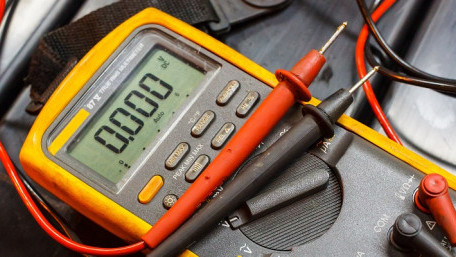
Electrical and mechanical measurements are often labeled with "RMS" and "True RMS." Aside from the simple math…
Electrical and mechanical measurements are often labeled with "RMS" and "True RMS." Aside from the simple math definitions we learned in electronics class, why is this distinction actually important?
